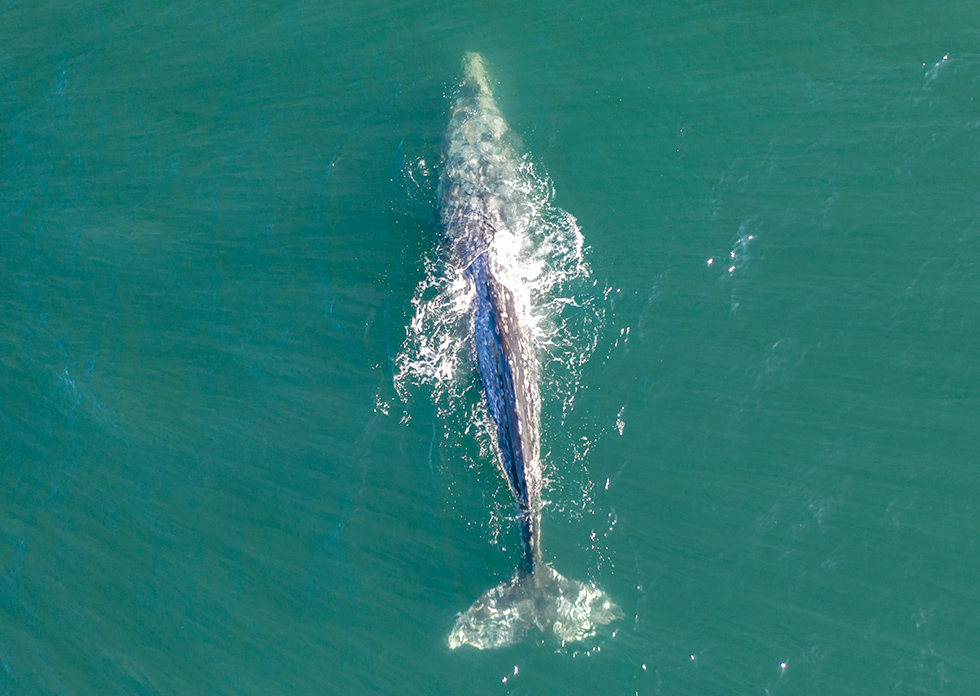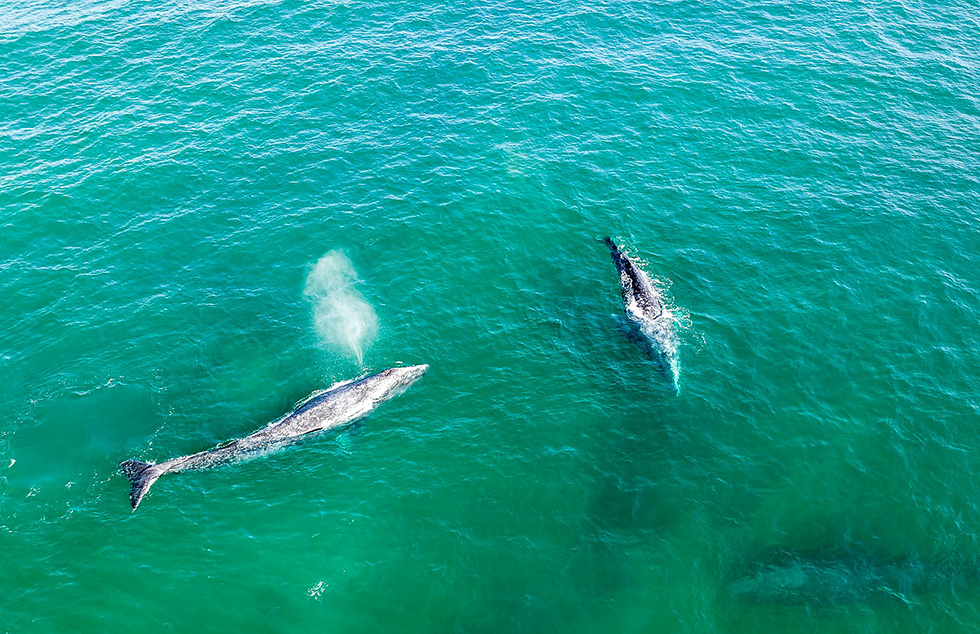First Sighting of Gray Whale in Over 200 Years in the Atlantic [Photo]

A team conducting aerial photography near the shores of New England has captured a gray whale — a species that vanished from the Atlantic Ocean over two centuries ago. This announcement comes from the New England Aquarium.
During a 45-minute flight over the marine expanses near the coastline, scientists managed to take a series of photographs of the animal to confirm its identification as a gray whale. Researchers observed the mammal diving and surfacing systematically, likely in search of food.

"I was hesitant to vocalize what it was because it seemed absurd. My brain was trying to process what I was seeing because this creature was something that really shouldn't exist in these waters. We laughed because it was wild and exhilarating — to see an animal that disappeared from the Atlantic hundreds of years ago!" shared researcher Kate Lemml.
Gray whales are commonly found in the northern part of the Pacific Ocean and are distinguished from other whale species by the absence of a dorsal fin, mottled gray-white skin with spots, and a dorsal hump followed by prominent ridges. However, they vanished from the Atlantic at the beginning of the 19th century.
Scientists suspect that climate change enabled the whale to enter the Atlantic Ocean. The Northwest Passage, connecting the Atlantic and Pacific Oceans through the Arctic Ocean, has been regularly ice-free during summers in recent years, partially due to rising global temperatures. Now, gray whales potentially can navigate through this passage during summers, which was impossible in the past century.
"These observations of gray whales in the Atlantic serve as a reminder of how quickly marine species respond to climate change," stated Orla O'Brien, a scientific collaborator at the New England Aquarium.
It's worth noting that reports of gray whale sightings in the Atlantic have appeared several times over the last 15 years, but scientists have only managed to capture the animal now.
Recall that The Gaze reported microscopic worms living in the highly radioactive environment of the Chernobyl Exclusion Zone are unaffected by radiation and live without apparent harm.
Researchers studied worms living in soil 46 kilometres from the Chernobyl nuclear power plant. They found that these worms are physically and genetically different from their counterparts in other regions of Ukraine, primarily due to their resilience to radioactive exposure.